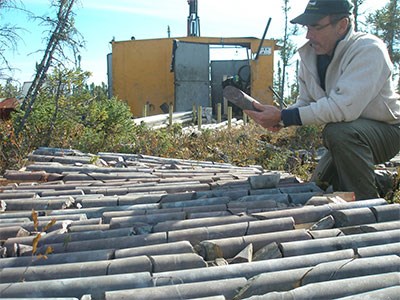The provincially-created Northern think-tank has released a Ring of Fire report suggesting that the creation of a port authority is the most prudent way to gain overland access to the mineral-rich James Bay lowlands.
The Northern Policy Institute released a report, July 17, authored by former deputy minister of Transport Canada, Nick Mulder, who proposes an authority model similar to ones established for federal ports and airports.
He said this would be a “more effective model in the Ring of Fire infrastructure development than a traditional Crown Corporation model.”
Mulder is a senior associate and lobbyist with Global Public Affairs in Ottawa.
How mineral development in the Far North region will come together, who will pay for the infrastructure, and how it will be planned, managed and executed has yet to be determined.
Without funding support from Ottawa, the Wynne government is prepared to spend $1 billion on infrastructure to access the remote mining region by land.
The province created a Ring of Fire development corporation last November, but contracted out the determination of its governance structure and makeup to Deloitte Canada. A report from the consultants is expected sometime soon.
Mulder said the port authority model would spread the among the broad spectrum of stakeholders given so many uncertainties associated with the exploration camps including the Ontario government’s extreme deficit and debt situation.
“Under a Crown corporation model, the responsibility would be on the shoulders of the Province,” said Mulder. “The provincial government would be expected to review and approve plans on all major projects, fund the largest portions of the costs and accept most of the risks. Simply put, the buck would stop at Queen’s Park.
“This alternative model would involve creating an independent, representative and arm’s length statutory Ring of Fire Infrastructure Authority,” said Mulder. “All parties would have formal representation on the board and the board, not government, would plan and procure facilities and services for road, rail, power and air, while sharing costs and risks with the private sector.”
To read the full report, go online at www.northernpolicy.ca.




